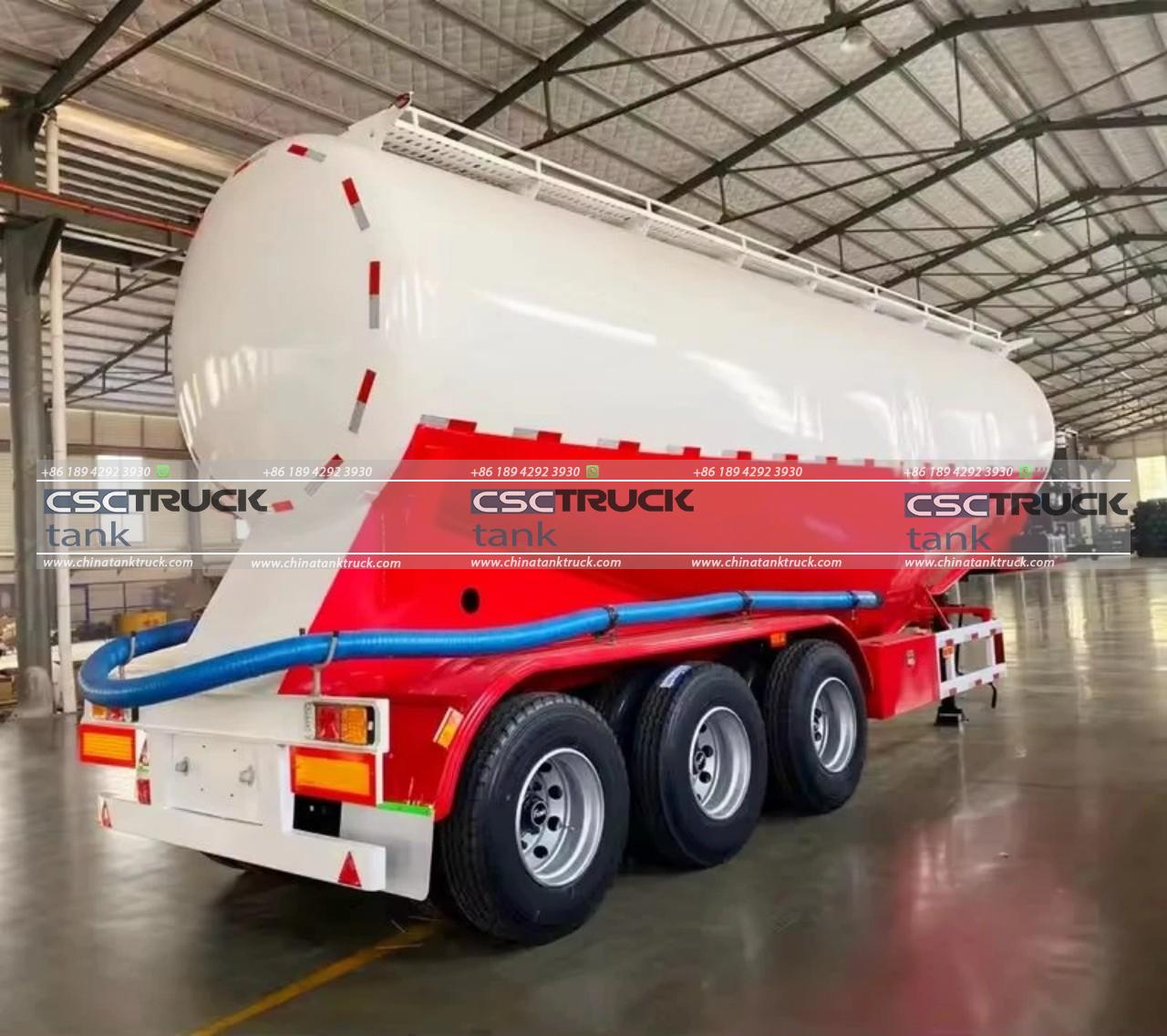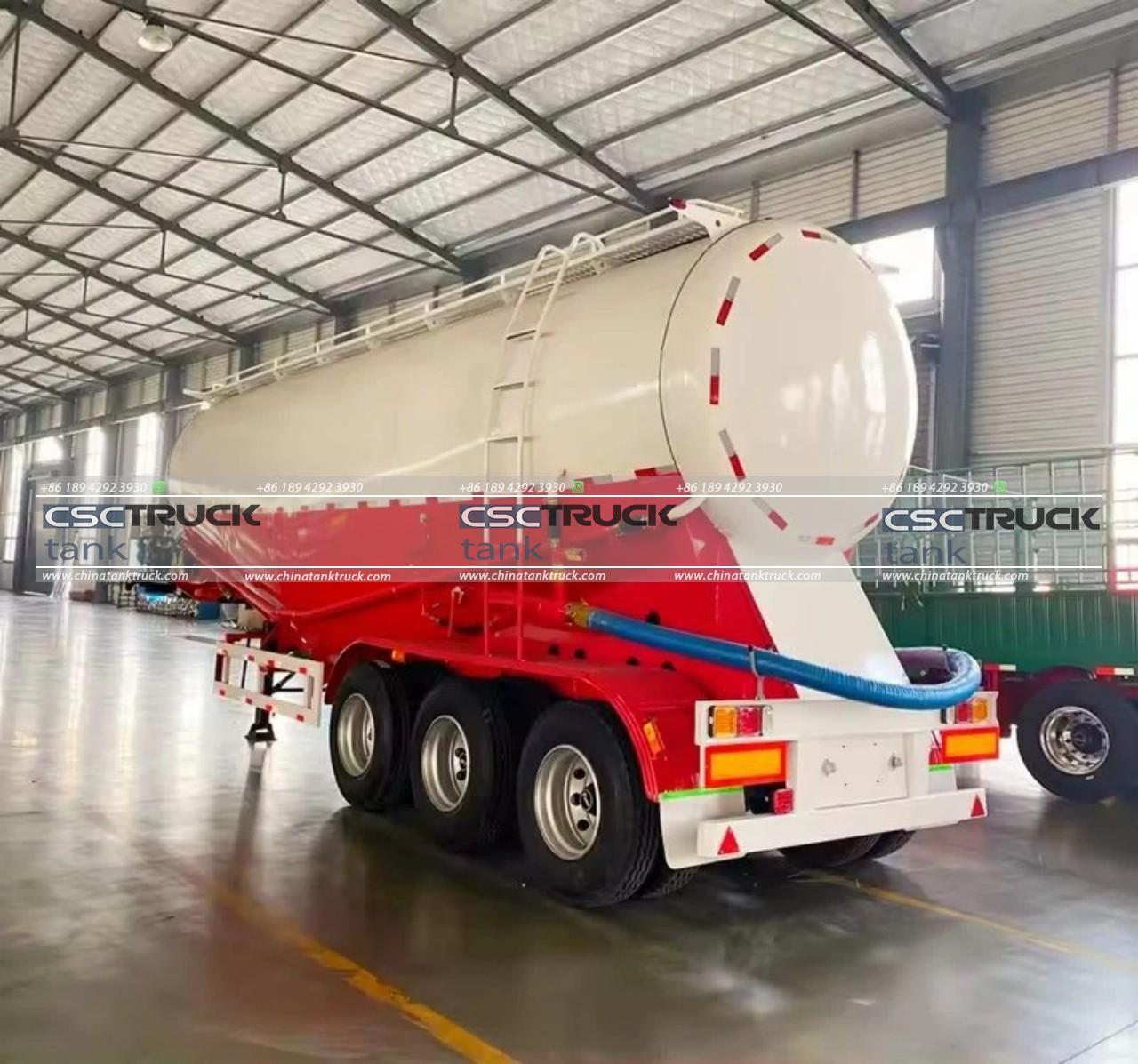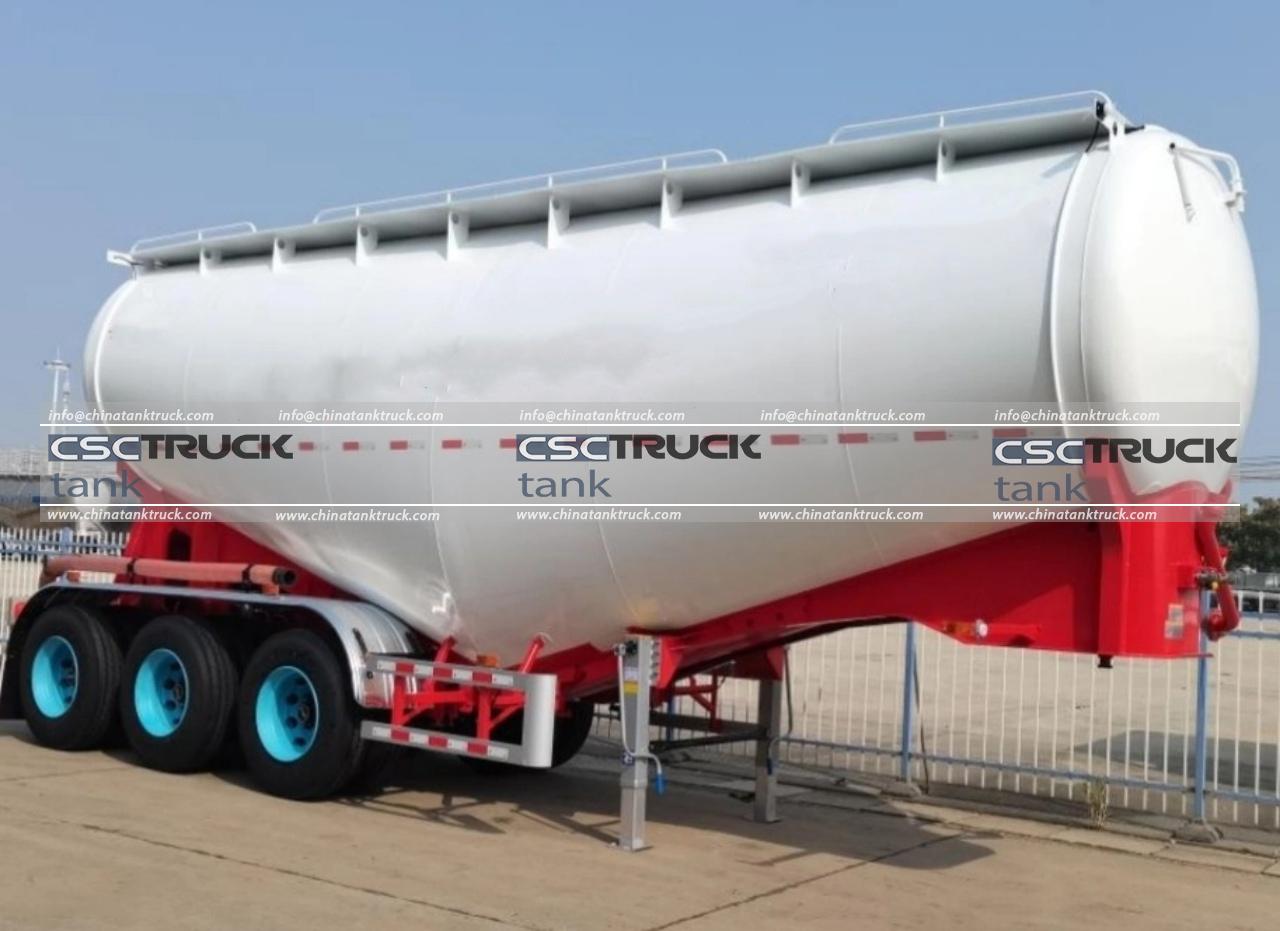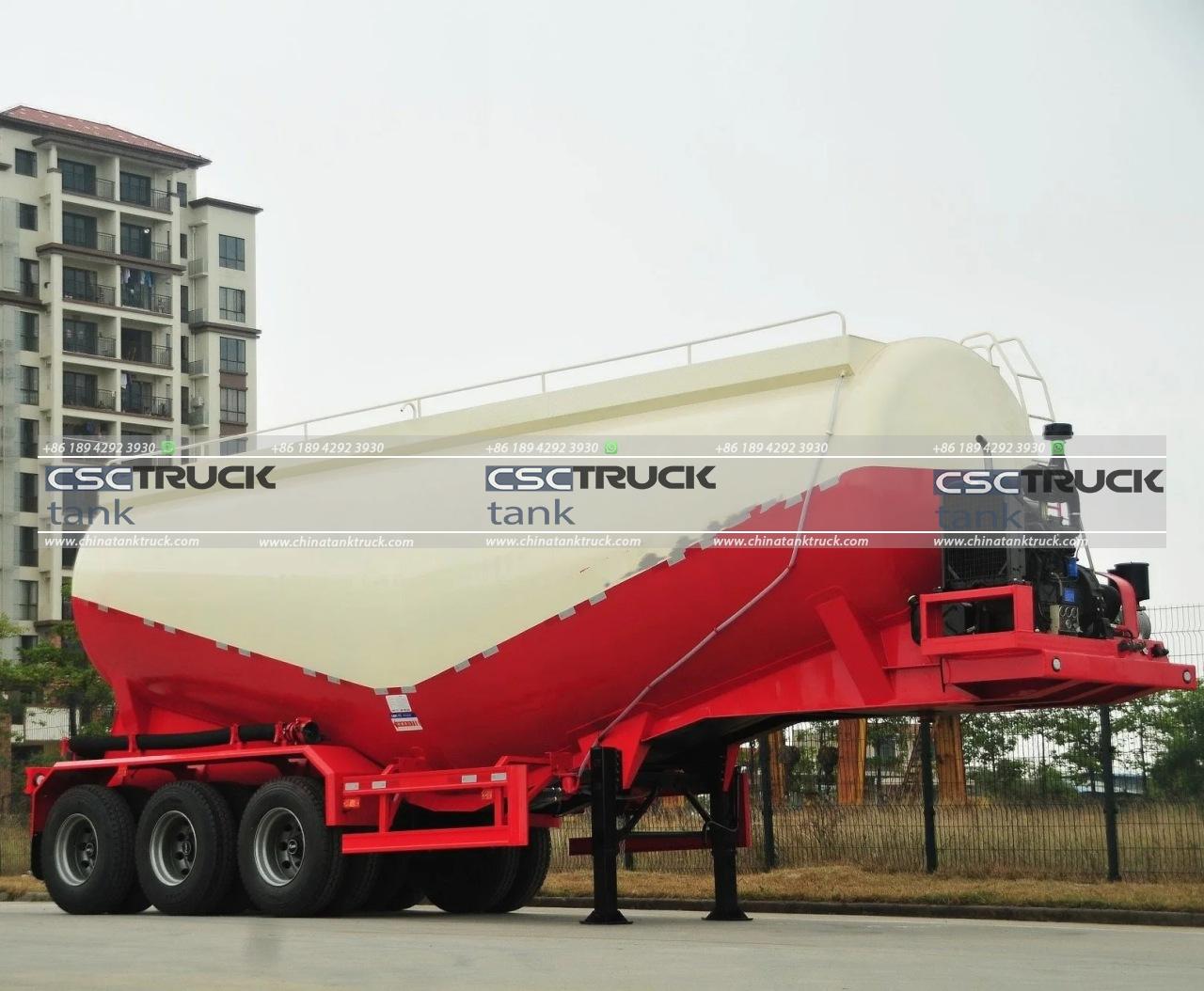How Big Are Pneumatic Tankers?
Pneumatic tankers, also known as pneumatic bulk trailers or dry bulk tankers, are specialized transport vehicles used primarily to carry and deliver dry bulk commodities. These commodities typically include cement, flour, grains, lime, and other granular or powdered materials. One of the distinctive features of pneumatic tankers is their ability to discharge materials through pneumatic (air) pressure systems, making them efficient for industries where the clean and fast unloading of bulk materials is critical.
To truly understand the size and scope of pneumatic tankers, it is essential to delve into their dimensions, capacities, configurations, and the role they play in different industries. This article explores how big pneumatic tankers can get and the factors that influence their size.
The Purpose and Operation of Pneumatic Tankers
Before discussing size, it is important to understand the primary function of pneumatic tankers. These tankers are engineered to transport dry materials that are often stored in silos or hoppers at their destination. The pneumatic discharge system uses compressed air to “blow” the materials out of the tanker and into the storage unit, eliminating the need for additional equipment like conveyors or augers.
A typical pneumatic tanker is composed of a cylindrical tank, an air compressor system, valves, and various discharge ports. The materials are loaded through the top of the tanker and discharged through the bottom, where air is introduced to pressurize the contents. The pneumatic discharge system’s efficiency makes the tankers invaluable for industries such as construction, agriculture, and food production.

Size and Dimensions of Pneumatic Tankers
The size of a pneumatic tanker is largely determined by its capacity, which is measured in cubic feet or cubic meters. On average, most pneumatic tankers range from **800 cubic feet to over 3,500 cubic feet** in capacity. The larger the capacity, the more material the tanker can carry, but this also impacts its dimensions and overall weight.
Length
The length of a pneumatic tanker can vary significantly depending on its configuration and capacity. Most standard dry bulk trailers measure between **40 to 53 feet** in length. However, specialized tankers designed for specific industries may be shorter or longer based on the load requirements and regulations in different regions.
For example, tankers used in the cement industry tend to be on the shorter side, around **40 to 45 feet**, as they need to be maneuverable in tight construction sites or industrial complexes. On the other hand, pneumatic tankers used for grain transport might extend up to **53 feet**, as they operate on highways and other long-haul routes where larger capacities are advantageous.
Width
Pneumatic tankers adhere to standard width regulations for vehicles on the road. In most countries, including the U.S. and Europe, the legal width for road transport vehicles is **8.5 feet** (102 inches). Therefore, pneumatic tankers generally fall within this width range, ensuring they comply with traffic regulations while maximizing the interior storage space.
Height
The height of a pneumatic tanker is also a critical dimension, as it must remain within regulatory limits to prevent clearance issues on highways, underpasses, and bridges. The typical height of a pneumatic tanker ranges from **10 to 13.5 feet**. This height includes the cylindrical tank and its associated equipment, such as discharge pipes and valves.
While the height is regulated, the actual height of the cylindrical tank itself can vary depending on its capacity and the materials being transported. For instance, tankers carrying lighter, more voluminous materials might have a larger diameter tank but still fall within the overall height restrictions.
Weight and Payload Capacity
The weight of a pneumatic tanker includes its empty weight (tare weight) and its payload (the material being transported). A typical pneumatic tanker weighs between **8,000 to 12,000 pounds** (3,600 to 5,400 kilograms) when empty, depending on the material used in its construction (e.g., aluminum versus steel) and the amount of equipment installed.
The payload capacity, which refers to the weight of the material the tanker can carry, varies based on the tanker’s size and the type of material being transported. Most pneumatic tankers have a payload capacity of **40,000 to 80,000 pounds** (18,000 to 36,000 kilograms). Regulations on maximum vehicle weight also influence payload, as trucks must stay within legal gross vehicle weight limits, typically **80,000 pounds** in many regions.

Material Considerations and Tanker Design
The size and design of a pneumatic tanker also depend on the material it is built from. 2 primary materials are used in pneumatic tanker construction: steel and aluminum.
– Steel Tankers: Steel is highly durable and resistant to wear, making it suitable for transporting abrasive materials like cement or lime. However, steel tankers are generally heavier, which can reduce the payload capacity. Because of their weight, steel pneumatic tankers are typically shorter and smaller, with capacities ranging from **800 to 1,500 cubic feet**.
– Aluminum Tankers: Aluminum pneumatic tankers are lighter than their steel counterparts, allowing for larger capacities and greater payloads without exceeding weight limits. They are commonly used to transport food-grade materials, grains, and other non-abrasive products. Aluminum tankers can reach capacities of **2,500 to 3,500 cubic feet** or more, especially in long-haul operations where larger loads are beneficial.
Industry-Specific Variations
Pneumatic tankers come in various configurations tailored to specific industries. The size of these tankers varies based on the type of commodity they are designed to haul.
– Cement and Construction Materials: These tankers are often smaller, with capacities ranging from **1,000 to 2,500 cubic feet**. Their compact size allows for greater maneuverability at construction sites, where space may be limited.
– Grains and Agricultural Products: Pneumatic tankers designed for grain transport tend to be larger, with capacities often exceeding **3,000 cubic feet**. The low density of grains means that tankers need to be longer and larger to accommodate the volume.
– Food and Pharmaceutical Industries: These tankers are made of food-grade materials like stainless steel or specially treated aluminum. They can range in size from **1,500 to 3,000 cubic feet**, depending on the type of product being transported.

Regulatory Considerations
The size of pneumatic tankers is often governed by regional transportation regulations that limit vehicle dimensions and gross vehicle weight. In the U.S., for example, federal regulations allow for a maximum width of **102 inches**, a maximum height of **13.5 feet**, and a maximum gross vehicle weight of **80,000 pounds**. European regulations are similar but may vary slightly depending on the country.
Pneumatic tankers must also comply with safety standards, especially when carrying materials classified as hazardous or volatile. These tankers might require additional equipment, such as pressure relief valves, which could impact their overall dimensions and weight.
Conclusion
Pneumatic tankers are versatile and essential vehicles in the transportation of dry bulk materials. Their size, typically ranging from 800 to 3,500 cubic feet in capacity, is determined by the nature of the material they carry, industry needs, and regulatory restrictions. While most pneumatic tankers adhere to standard length, width, and height limitations, their capacity and weight vary widely based on the materials they are designed to transport.
From compact, steel-bodied cement tankers to large, aluminum grain haulers, pneumatic tankers are engineered to meet the demands of industries that rely on efficient bulk material handling and delivery. Understanding their size and dimensions provides valuable insight into their role in modern logistics and supply chains.


